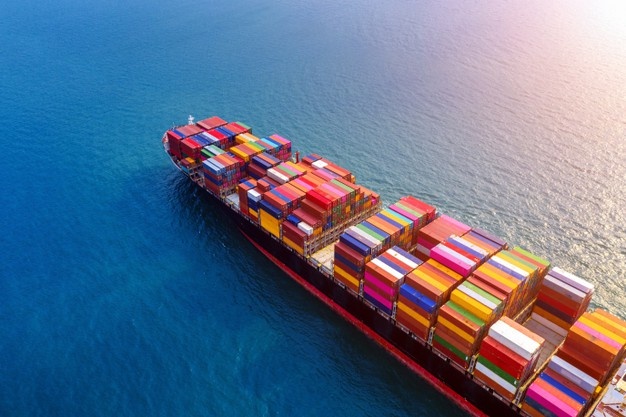On the afternoon of April 11, Jinyuan Ep Co.Ltd(000546) ( Jinyuan Ep Co.Ltd(000546) . SZ) held the 2021 annual performance presentation, "lithium resources" became a high-frequency word for investors to ask questions. Xugang, chairman of the company, said, "the planned output of lithium carbonate of the company in 2022 will ensure 2000 tons."
With regard to the construction process of the company's baqiancuo Salt Lake Lithium project in Tibet, Zhao Hui, general manager and Secretary of the company, responded that "the company strives to achieve the first ton of product output in May this year, but the process of the project may be affected by factors such as the epidemic situation."
According to Xu Gang, the project is an 8 Tcl Technology Group Corporation(000100) 00 ton lithium salt project planned and constructed by the company, with an estimated total investment of 800 million yuan and an estimated cost of 4 Tianma Microelectronics Co.Ltd(000050) 000 yuan per ton.
Previously, in March, the relevant person of the company told the financial associated press that the construction of the company's Tibet 8000 CuO Salt Lake Lithium project is being accelerated, and the phase I production capacity of 2000 tons / year is expected to reach the production capacity by the end of May this year. It is expected to build a production capacity of 8 Tcl Technology Group Corporation(000100) 00 tons / year by the end of the year. Zhao Hui said that the goal of building a full capacity of 8 Tcl Technology Group Corporation(000100) 00 tons by the end of this year remains unchanged, and the company is expected to reach full capacity in 2023.
In addition to Tibet's Salt Lake Lithium mine, Jinyuan Ep Co.Ltd(000546) is also promoting the development of overseas lithium mines. Xu Gang revealed at the performance meeting that "the company has further negotiated with high-quality lithium resource enterprises in Argentina through various channels and teams. The company's acquisition plan for Argentina's Salt Lake will increase lithium resource reserves and develop as soon as possible."
At the beginning of 2022, Jinyuan Ep Co.Ltd(000546) released the outline of the company's second take-off plan and determined the strategic plan of "taking the lithium resource industry chain as the core and paying equal attention to the resource disposal of solid and hazardous wastes and the comprehensive recycling of rare and precious metals".
Zhao Hui said, "At present, the company is making a strategic exit from the building materials and cement industry, and relevant matters have been deliberated by the board of directors. After being approved by the general meeting of shareholders, the company will be listed in Hangzhou property exchange in time to complete the stripping of building materials and cement as soon as possible. In the future, the company will focus on the development of new energy materials industry, the strategic plan of sustainable development of resource disposal of solid and hazardous wastes and comprehensive utilization of rare and precious metals, and adhere to sustainable development and low-carbon Environmental protection industry. "
The financial Associated Press reporter noted that in March this year, Jinyuan Ep Co.Ltd(000546) plans to list and transfer 100% equity of its subsidiary hujinyuan with RMB 1.904 billion. It is reported that Huzhu Jinyuan and its subsidiaries are mainly engaged in cement products and commercial concrete industry.
According to the 2021 annual report, Jinyuan Ep Co.Ltd(000546) main business is divided into three sectors: new materials, environmental protection and building materials. In 2021, the company achieved a revenue of 8.739 billion yuan, a year-on-year increase of 0.78%; The net profit attributable to the parent company was 86.3 million yuan, a year-on-year decrease of 81.81%; Non net profit deducted was 14.44 million yuan, a year-on-year decrease of 96.42%.
Guan Qingchuan, deputy general manager and financial director of the company, explained that "in 2021, due to the saturated demand of the building materials industry, the prices of raw materials such as coal rose sharply and the dual control of energy, resulting in the decline of the company's profitability."
